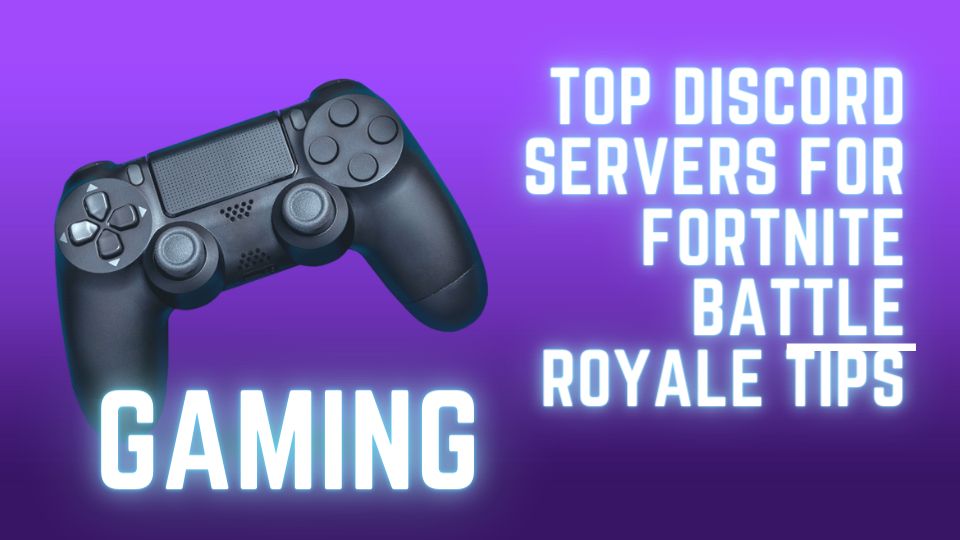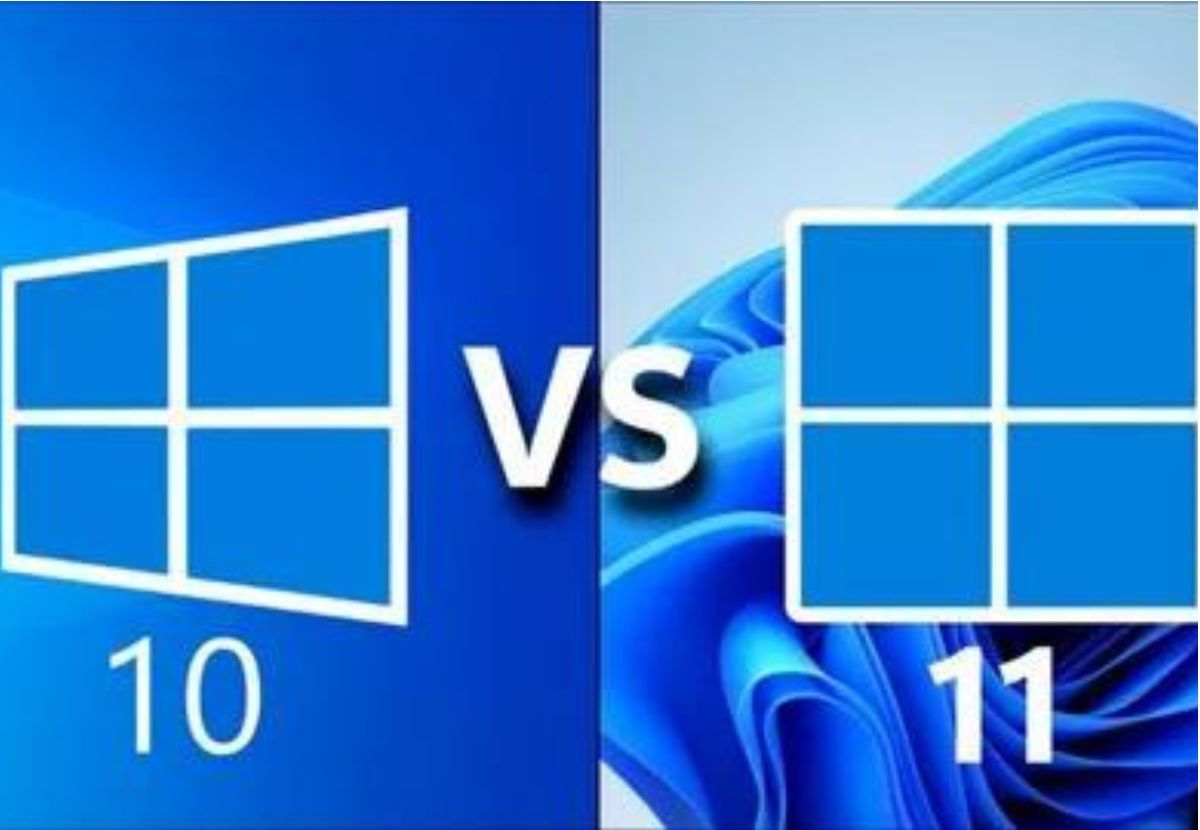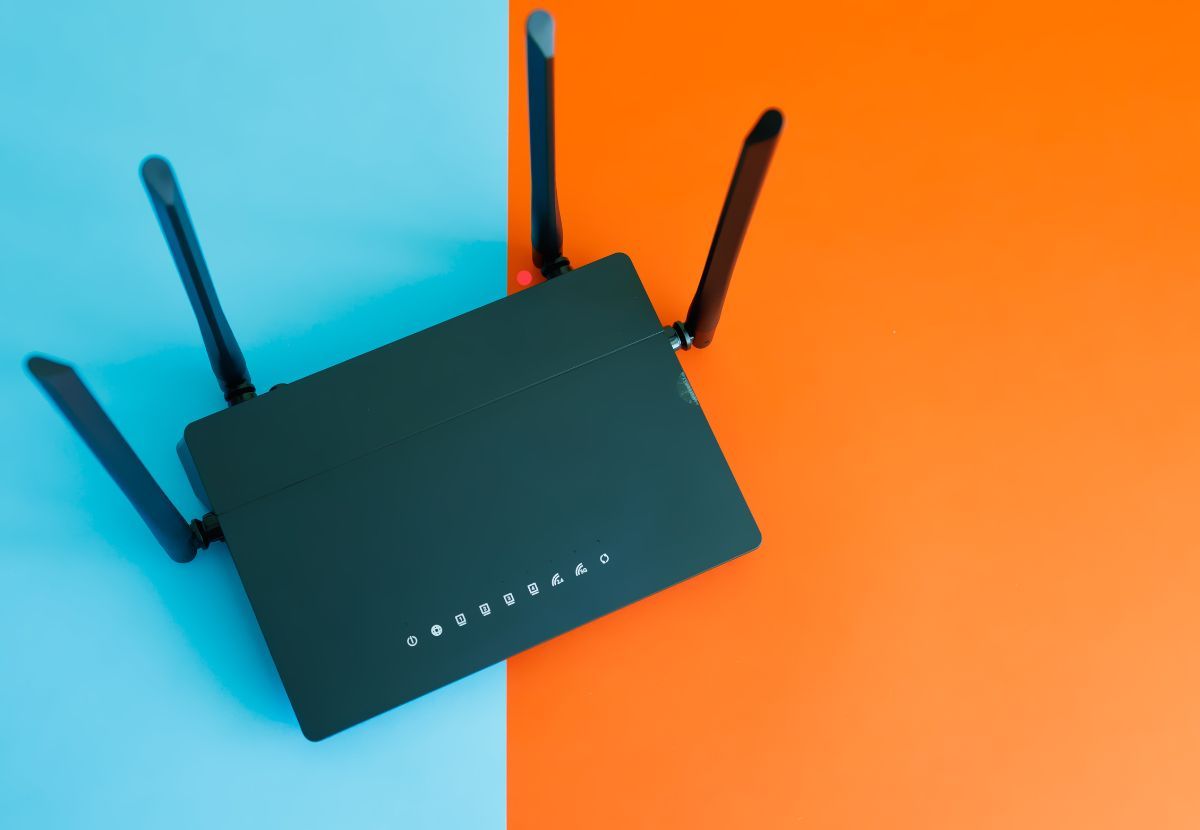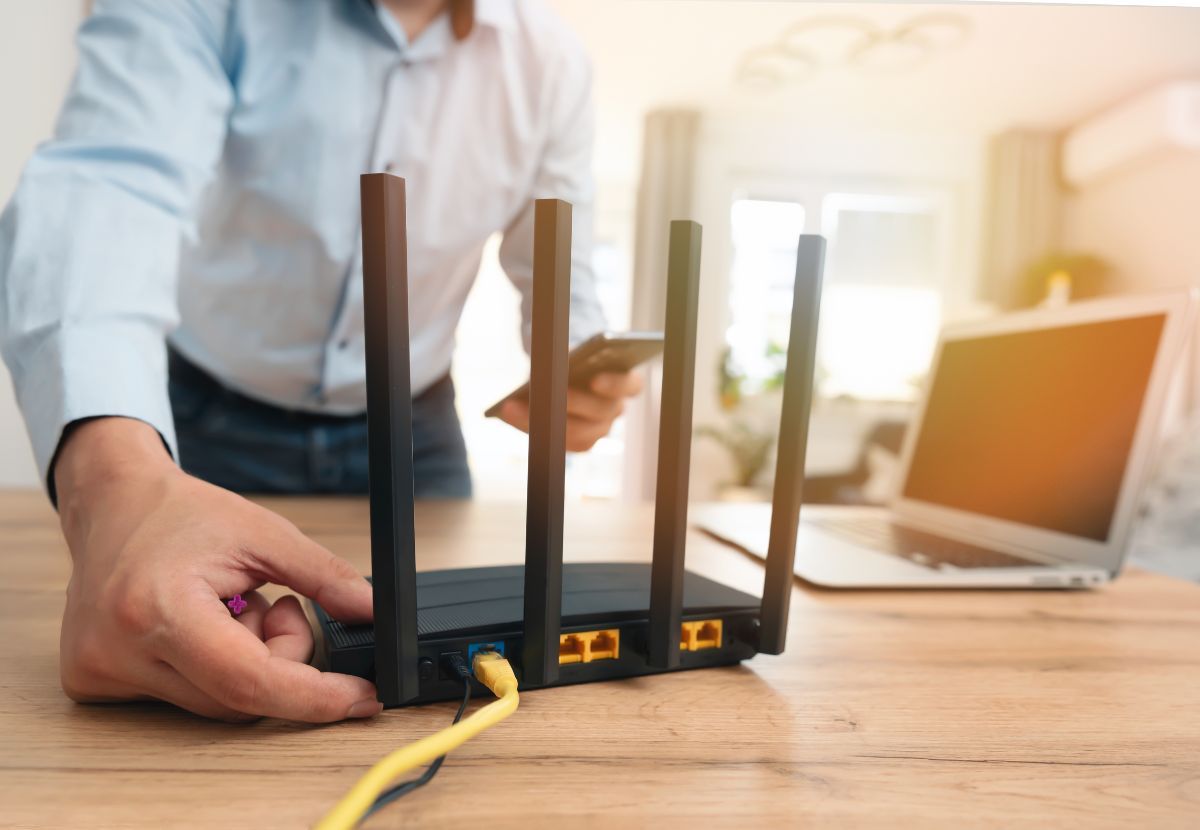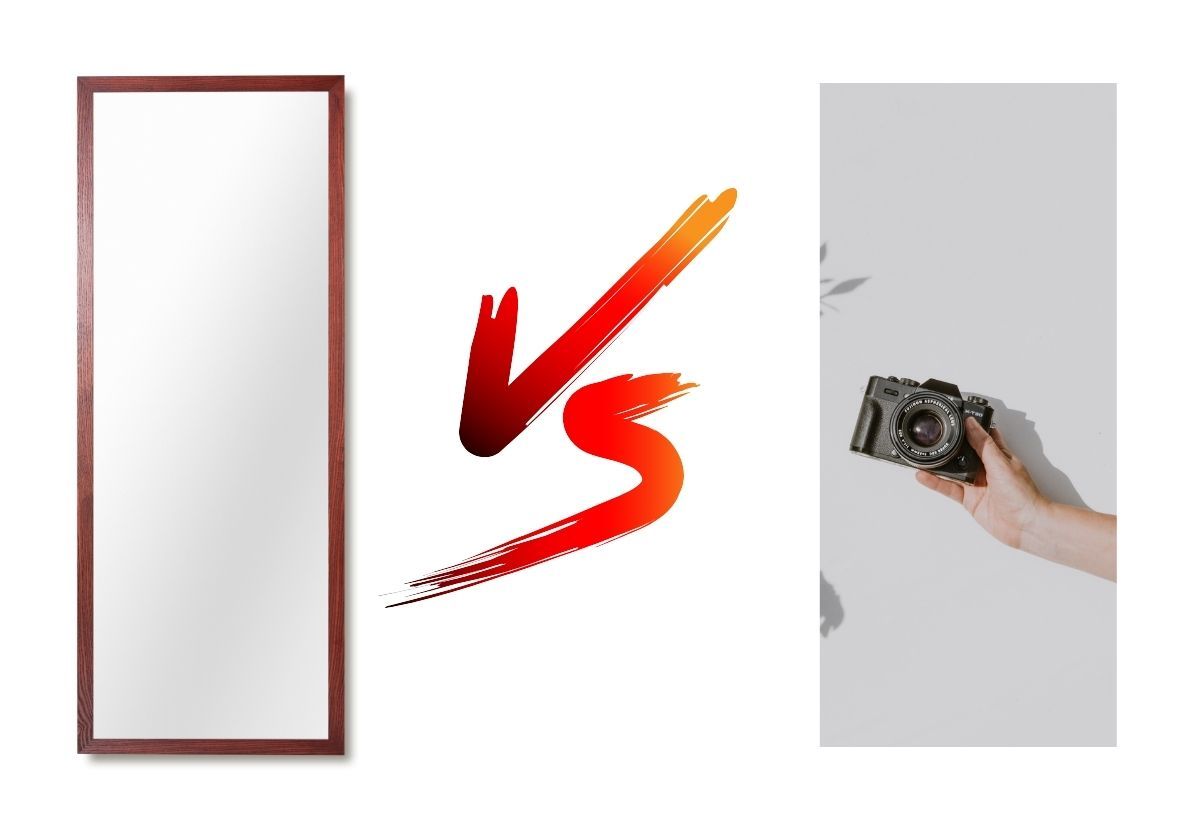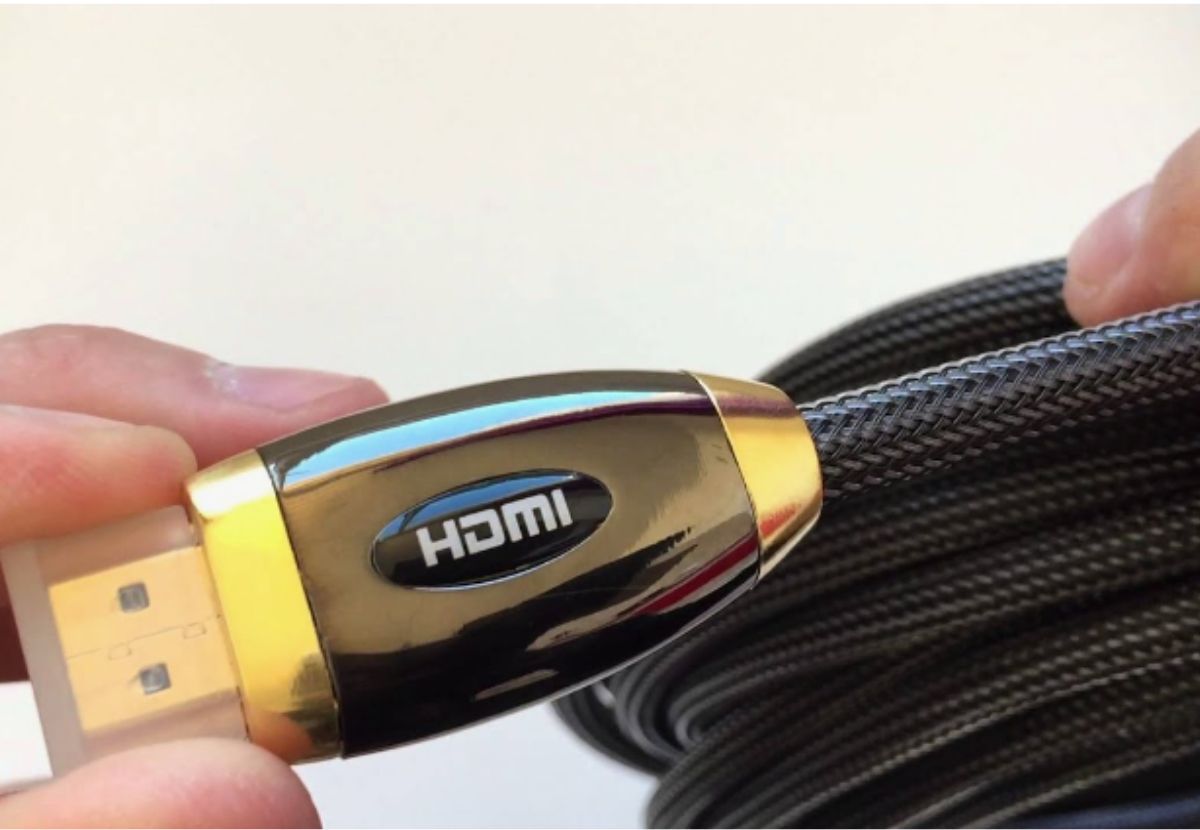
In an era where televisions evolve at the speed of light, 4K vs 8K HDMI cable are the silent backbone of our viewing experiences. With the rise of 4K and even 8K resolutions, the choice of HDMI cable is no longer just a matter of plugging in the nearest cord — it's a critical decision that can affect how sharp and vibrant your screen's images are. But what sets these cables apart, and how do you choose the best one for your needs? This thorough exploration aims to shed light on the HDMI cable conundrum, equipping you with the knowledge to optimize your home entertainment center.
The Evolution of HDMI Cables
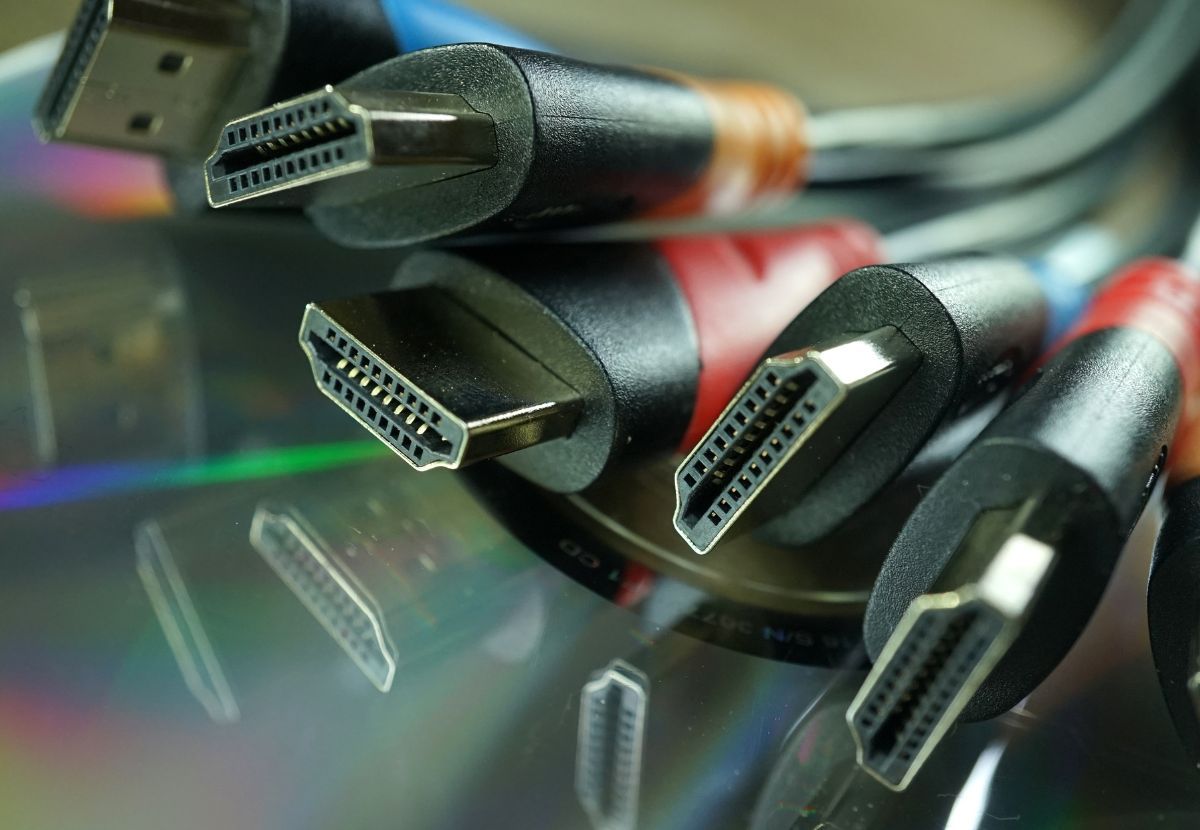
Introduced in 2002, HDMI (High-Definition Multimedia Interface) has become the standard for transmitting high-quality audio & video signals from an authority device to a display. It's a versatile and feature-rich connector that has seen several iterations to keep up with the rapid advancements in display technology.
From 1.0 to the Present: A Quick Journey
The early HDMI 1.0 version carried HD video up to a resolution 1080p. At that time, it was cutting-edge, but as resolutions soared, so did the need for more bandwidth. HDMI 2.0 eventually brought 4K at 60Hz, and HDMI 2.1 now supports a maximum resolution of 10K, complete with blazing-fast refresh rates and dynamic HDR.
Understanding 4K and 8K Resolutions
Before we discuss the details of HDMI cables, it's essential to understand the significance of 4K and 8K resolutions.
The Beauty of 4K
4K resolution, or Ultra High Definition (UHD), offers about four times the number of pixels as Full HD. This increase in pixel density results in a finer and more detailed image, providing clarity that was once the preserve of professional cinemas.
The Splendor of 8K
8K, the new kid on the block, takes this further by quadrupling the pixel count to 4K. This mammoth resolution delivers incredibly sharp images and is designed to offer an immersive experience, especially on larger screens.
What Makes a Good HDMI Cable?
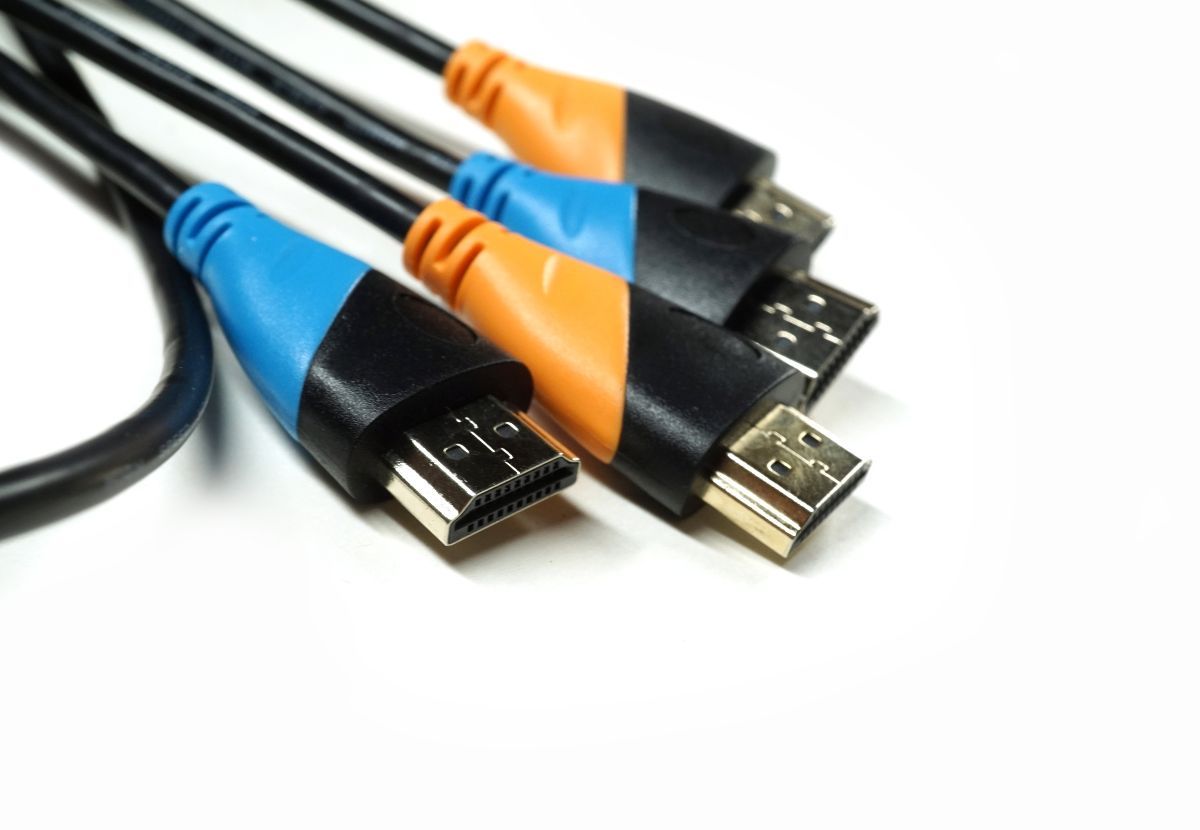
When it comes to HDMI cables, several factors contribute to their performance. Here are the key aspects to remember when looking for the best cable for your system.
Bandwidth
Bandwidth is the most critical aspect of an HDMI cable, especially when considering 4K and 8K content. The higher the resolution and frame rate, the more data the cable needs to handle. A good HDMI cable should support the required bandwidth without compromising signal integrity.
Build Quality
The construction of the cable can significantly impact its durability and ability to maintain the signal over long distances. Look for cables with high-quality materials and effective shielding to prevent electromagnetic interference.
Length
The height of the cable can also affect signal strength. For longer distances, it is crucial to choose a thicker gauge or consider an active cable incorporating signal-boosting technology.
4K HDMI Cables: The Workhorses of High-Definition
4K HDMI cables, typically HDMI 2.0 or later, can handle 4K content from most modern devices. They significantly improve over earlier versions, with higher bandwidth and support for state-of-the-art features like HDR and 3D.
Features and Benefits
4K HDMI cables enable a wide color gamut, creating a more vivid picture. They also offer support for high refresh rates, which is essential for smooth gaming. They are also backward, consistent with older HDMI standards, ensuring you can use them with all your devices.
The Limitations
While 4K HDMI cables are a huge leap from their predecessors, they still have limitations. They may not support some of the most advanced HDMI 2.1 features, such as Variable Refresh Rate (VRR), which can be important for serious gamers.
8K HDMI Cables: The Pioneers of Cinematic Excellence

Designed to satisfy the essentials of the latest high-resolution displays, 8K HDMI cables (sometimes called HDMI 2.1) are the new gold standard in home theater technology.
Unpacking Their Benefits
An 8K HDMI cable has double the bandwidth of a 4K cable and can transmit signals at 48Gbps. This allows for not only higher resolutions but also more advanced features like 8K at 60Hz, dynamic HDR, and even higher frame rates for immersive experiences.
The Downside
With great power comes great responsibility, and 8K HDMI cables may be overkill for some setups. They are also more expensive than 4K cables and, like any new technology, may have early adoption hiccups.
Choosing the Right Cable for You
When selecting an HDMI cable, consider your current setup and potential future tech upgrades. Here are some practical tips to ensure you get the most suitable cable.
Assess Your Needs
Start with your display and source devices. Do they support 4K, 8K, or both? What are the maximum resolutions and features they can handle? This will help you determine the right level of compatibility you need.
Think about Compatibility
A 4K HDMI cable might be the most versatile option if you have a mix of older and newer devices. However, if you're investing in cutting-edge 8K tech, it makes sense to future-proof with the latest cables.
Budget Wisely
HDMI cables aren't the place to skimp since they directly impact your viewing quality. While 8K cables are more expensive, ensure you're not overpaying for features you don't need.
The Future of HDMI Technology
The HDMI forum constantly develops new standards to advance home entertainment. HDMI 2.1 is just the beginning, with features like eARC (Enhanced Audio Return Channel) already shaping our audio setups. HDMI 2.2 is also on the horizon, promising even more enhancements and compatibility with future technologies.
Conclusion
Your choice of 4K vs 8K HDMI cable directly affects the incredible visuals and audio your home entertainment system can produce. While both 4K and 8K HDMI cables have merits, the best cable for you is the one that matches your current and future device capabilities.
In the long run, investing in a quality HDMI cable means enjoying your favorite movies, TV shows, and games in breathtaking detail and sound. It's time to uncoil the right cable and step into the immersive world of high-resolution home entertainment that awaits you.
FAQs
What's the difference between 4K and 8K HDMI cables?
- 4K HDMI Cables: These cables support resolutions up to 4K, are equipped with High Dynamic Range (HDR) and 3D capabilities, and enable high refresh rates, which is crucial for gaming. These cables are the standard for current 4K TVs and gaming monitors.
- 8K HDMI Cables: These are designed for the latest 8K displays and have double the bandwidth capacity of 4K cables. They support higher resolution and frame rates and advanced features from the HDMI 2.1 specification, such as Variable Refresh Rate (VRR).
How do I choose the right HDMI cable for my needs?
When selecting an HDMI cable, you should:
- Determine the capabilities of your devices: Check if they support 4K or 8K and their maximum resolutions.
- Check for bandwidth support: Ensure the cable can handle the bandwidth required by your devices (e.g., 4K or 8K).
- Evaluate build quality and length: Opt for a cable with sturdy construction for long-distance setups, or consider an active cable with signal boosting.
Are 4K HDMI cables backward compatible with older devices?
- Backward Compatibility: 4K HDMI cables are backward compatible, connecting seamlessly with devices supporting older HDMI standards without issues.
Can 4K HDMI cables support 8K resolutions?
- Resolution Limitations: 4K HDMI cables are natively not built for 8K content. They may manage to transmit an 8K signal, but they won't uphold the complete set of features provided by 8K HDMI cables.
Do I need to upgrade to an 8K HDMI cable for my 4K devices?
- Upgrades: If your devices are currently 4K, you do not need an 8K HDMI cable. However, if you're considering moving to an 8K TV or monitor in the future, investing in an 8K HDMI cable now may be beneficial to future-proof your setup.



